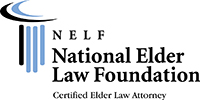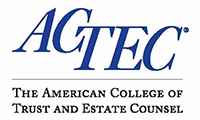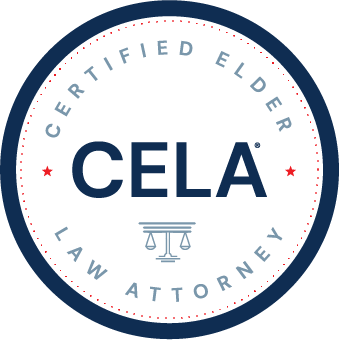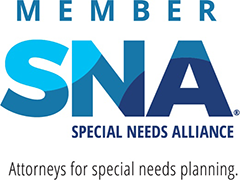Firm News
A Case Study
A few months ago, I met with a family with the following set of circumstances; Sue, the mother, has cancer; Jim, the father, is employed; one son, Steve, is 17 with autism in addition to other special needs who does not receive public benefits; the other son, Bruce, is a college graduate and works in a neighboring town. Sue’s father recently died and left Steve $45,000 worth of bank stock. There are a variety of issues that must be addressed with this family.
- Estate plan for Sue and Jim
- Guardianship for Steve
- Special Needs Trust for Steve
- Discussion of public benefits should Steve need that assistance in the future
Let’s discuss each item so you have an idea of how we are going to protect and care for Steve no matter what happens to Sue and Jim.
Estate Planning for Sue and Jim: Regardless of Sue’s diagnosis every family and or individual needs an estate plan which specifies what happens with their assets upon their death. This becomes critically important when a family member has special needs. We are going to distribute Sue and Jim’s assets equally between Bruce and Steve. An unequal distribution can cause hard feelings between siblings.
Guardianship: After an individual reaches the age of 18, they are an adult. For an individual that is unable to make mature decisions and provide for themselves, we talk about filing for a guardianship. This is approved by a court and also requires a successor guardian in the event the first one cannot serve due to incapacity or death.
Special Needs Trust
As a part of Sue and Jim’s estate plan we are going to write a special needs trust which is a life map for Steve. This trust will hold any inheritance or other money that Steve receives throughout his life. The trust will be managed by a professional trustee, chosen by Sue and Jim and identified in the trust documents. The trust will:
- require a case manager to supervise housing, transportation, health care needs, etc., for Steve;
- require a professional trustee to manage the trust;
- require an independent financial advisor to manage the money in the trust;
- include a trust protector provision which will allow a trusted individual or family member to replace the trustee at any time if Steve’s interests are not being met;
- not disqualify Steve from public benefits in the future;
- include a memo of intent which Sue, Jim and Bruce will write to include all of the many nuances of Steve. What he likes to do, eat, routine, clothes, labels in or out?, preferred colors, climate, hobbies, travel, in other words a map of Steve’s life which makes him happy and secure. Steve’s love is assembling terrariums so Sue and Jim will make sure that is included in this memo. Bruce takes Steve bowling and for pizza on Saturday, that activity will be included in the document.
Finally we will review which assets to use to fund the trust for tax advantages and to minimize income tax issues for family members and we will also discuss the pros and cons of Steve receiving benefits now. You probably noticed that we have not required Bruce to take over any of Steve’s direct care. We will use Bruce in the trust protector clause if the trustee needs to be replaced after Sue and Jim are gone. Bruce can certainly choose to be involved and oversee his brother’s care when time permits, but he will not have the burden of managing Steve’s life and finances. We will let Bruce be a brother to Steve.
This is a brief case study outlining what was a huge concern for this family. Obviously, we covered all the bases over a few meetings, drafted the necessary documents, filed for guardianship, and finally sat down with Sue, Jim and Bruce to review the plan to ensure everyone understood the life map for Steve.












